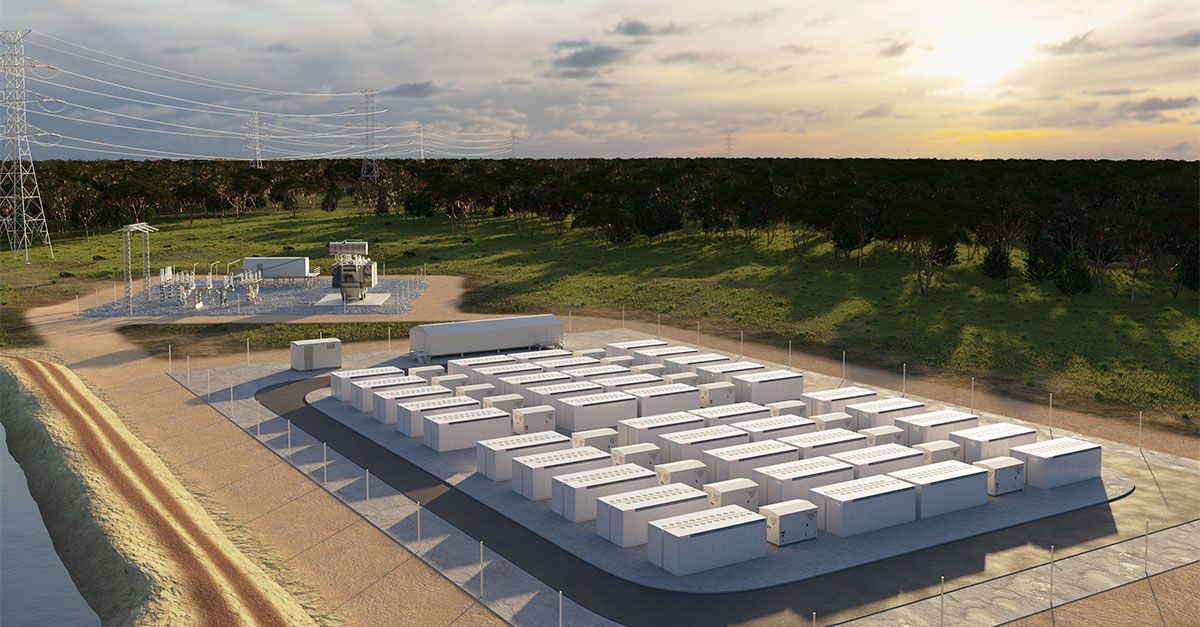Scientists from the Pacific Northwest National Laboratory have developed a battery that allows users to store energy for several months with virtually no loss. So, one can save the energy received from wind or water in the spring, and use it in the fall, Cell Reports Physical Science reported.
Renewable energy sources depend on natural cycles. Because of this, people cannot rely on them alone, as they cannot reliably provide electricity all year round.
All the energy received must be converted into electricity now, and a container would keep it for a few days at the most. So, for example, in the spring in the Pacific Northwest of the US, hydroelectric power stations are widely used, and wind turbines are used in the Columbia River area.
But now, scientists have developed a battery that can store energy for months. To charge it, it must be heated to 180 degrees. The battery is then cooled to room temperature. The electrolyte becomes liquid, so the current of ions becomes possible in it, creating chemical energy.
The electrolyte solidifies, and the ions stop moving. When energy is needed again, the battery needs to be heated again. The experiment showed that the battery retains 92% of energy for 12 weeks.
The theoretical energy density in the battery was 260 Wh/kg, which is higher than current lead-acid and flow batteries.
Scientists tried to avoid expensive and highly reactive materials in their work. Molten salt was used as the electrolyte. At room temperature, it is a solid, and when the temperature rises, it turns into a liquid phase. The anode and cathode are made of aluminum and nickel, respectively.
A separator is placed between the anode and cathode, which is usually made of ceramics. However, ceramic separators are not only expensive, but also poorly resistant to temperature changes. Instead, the scientists used a fiberglass separator.
The material cost for the battery is $23/kWh, a price that was determined before the spike in nickel prices. Researchers are considering using iron instead of nickel. Then the cost of materials will drop to $6 per kWh, which is 15 times cheaper than the cost of modern lithium-ion batteries.
Experts noted that such a battery would need to be recharged 1-2 times a year. Unlike the batteries that power electric cars, laptops and other devices, these batteries don’t have to endure hundreds or thousands of recharge cycles.

